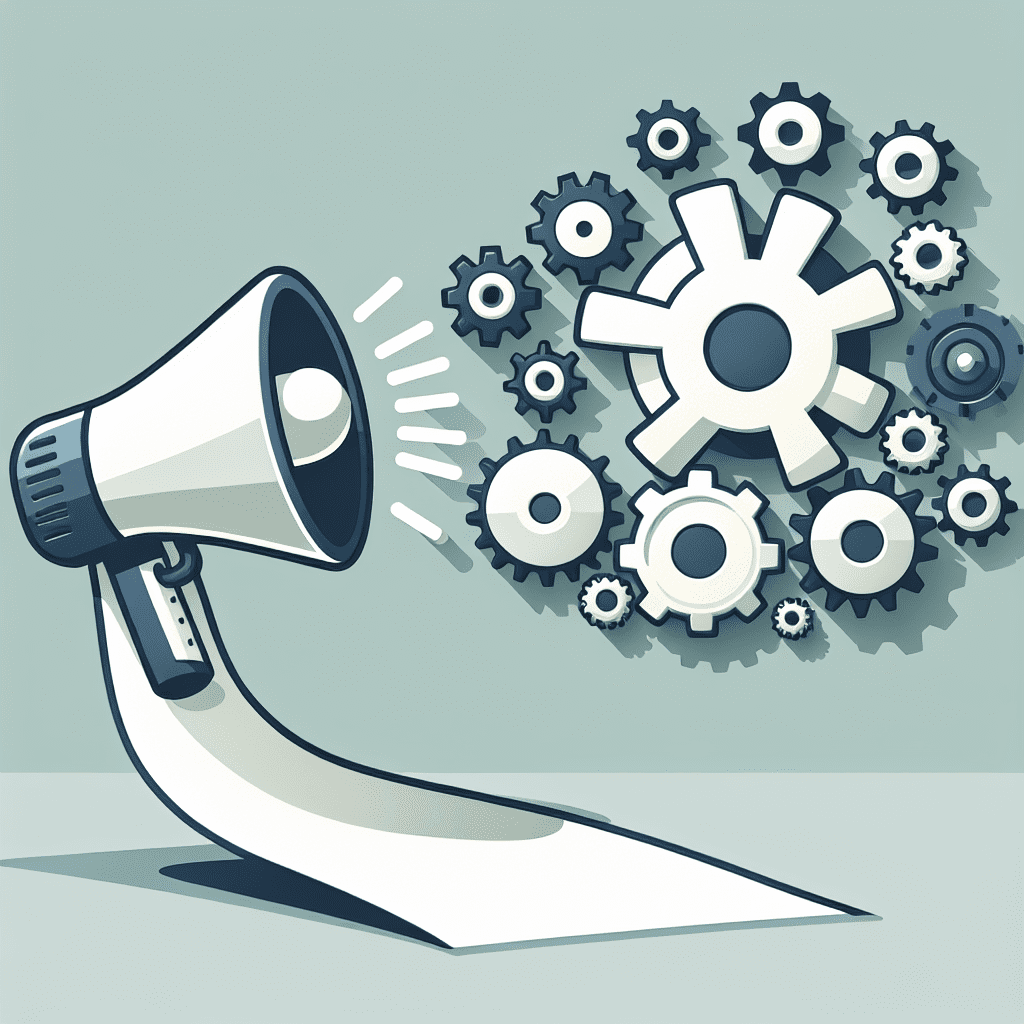Today we’re talking about marketing automation. You know, that thing your coworker keeps mentioning in meetings with a slightly smug tone, like they’ve figured out the secret to eternal marketing bliss. Turns out, they might be onto something; just not in the way they think.
Let’s break it down.
So what is marketing automation, really?
At the risk of sounding like a software brochure, marketing automation is basically using technology to handle repetitive tasks so you don’t have to. Think emails, lead scoring, social media posts, customer segmentation. The stuff that keeps the lights on, but slowly drains your will to live if you had to do it all manually.
It’s not just about saving time; it’s about making sure your marketing actually lands. The right message, to the right person, at the right time. And you don’t have to hover over a keyboard like a caffeinated stalker.
Platforms like HubSpot, Marketo, and ActiveCampaign are the usual suspects here. They use AI and machine learning to figure out when someone’s ready to hear from you, what they might care about, and how you should reach them. Pretty smart, right?
Say someone downloads a whitepaper from your site. That could trigger a follow-up email with related content. If they click that, maybe they get an invite to a product demo. All of this happens automatically, like a polite robot gently nudging them toward becoming a customer.
Source: HubSpot Blog
What’s actually going on under the hood?
Let me explain. There are a few key pieces that make this whole thing work:
- CRM Integration: This is the part where your marketing and sales teams finally stop yelling across the room. A good CRM connection means everyone sees the same data, in real time. So when a lead watches a webinar or opens your fifth email (finally), that info updates automatically.
- Lead Scoring and Nurturing: Not all leads are created equal. Some are just browsing. Others are basically waving their credit cards at you. Lead scoring helps you tell the difference, assigning points based on behavior. Then, nurturing kicks in, sending the right content to nudge them closer to a sale.
- Campaign Management: This is the part where you orchestrate big, multi-channel campaigns without losing your mind. Emails, paid ads, SMS, social posts—they all work together, like a well-rehearsed band. Or at least a decent garage one.
- Analytics and Reporting: Here’s where you figure out what’s working and what’s just noise. You can track ROI, see which emails get opened, and understand how people move through your funnel. It’s like having x-ray vision, but for marketing.
- Personalization Engines: These tools make your content feel less like a billboard and more like a conversation. They use data to tailor messages based on who someone is and what they’ve done. It’s the difference between “Hey, customer” and “Hey, Carla, that software trial you started last week; need help?”
Source: Marketo
Why marketers are obsessed with it, and why you might be too
According to Salesforce’s 2023 State of Marketing report, 78% of marketers say their customer engagement is now data-driven. And 66% are already using automation to improve targeting and personalization. So if you’re not using it, you’re basically trying to win a Formula 1 race on a tricycle.
The benefits stack up fast:
- Efficiency: You spend less time clicking and more time thinking. Or, let’s be honest, finally getting to that strategy doc you’ve been ignoring.
- Conversion rates: Personalized, timely messages work better. It’s not magic; it’s just common sense.
- Sales and marketing alignment: Shared data means fewer dropped leads and fewer passive-aggressive Slack messages.
- Scalability: You can grow without hiring ten more people to send emails.
The fine print: it’s not all roses and ROI
Of course, it’s not foolproof. Garbage in, garbage out. If your data’s messy or your content’s bland, automation will just amplify the problem. You also need to make sure everything plays nicely together. CRM, email platform, website—the whole stack. Integration can be a bit of a pain, especially if your systems are older than your intern.
And then there’s the relevance problem. Automation can make you efficient, but it can also make you lazy. If you’re not constantly updating your content and adjusting your flows, you’ll start sounding like a robot from 2016. Nobody wants that.
Source: Gartner
Where it’s all heading in 2024
Here’s the fun part. We’re moving toward real-time customer journeys. That means platforms are getting smarter about reacting to what people do, right when they do it. AI and predictive analytics are helping marketers anticipate needs instead of just responding to clicks.
It’s less about setting up a campaign and more about building a system that adapts. Like a GPS that reroutes when someone takes a wrong turn. Except instead of traffic, it’s a customer deciding to ghost your brand halfway through a sales funnel.
The tools are getting more intuitive, too. Less clunky dashboards, more drag-and-drop workflows. Which means you can spend less time wrestling with software and more time doing the actual work: telling better stories, building real connections, and maybe even enjoying your job.
And hey, if your coworker brings up marketing automation again, at least now you’ll have something smart to say back.
Sources:
That’s the breakdown.
We’ll be back with more.
Until then, keep building.
– Perfect Sites Blog

